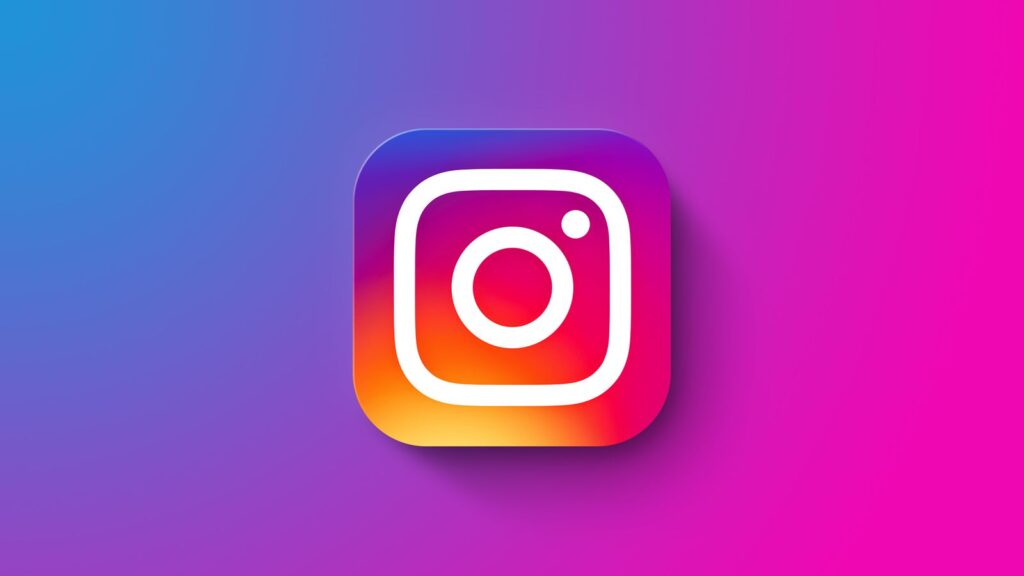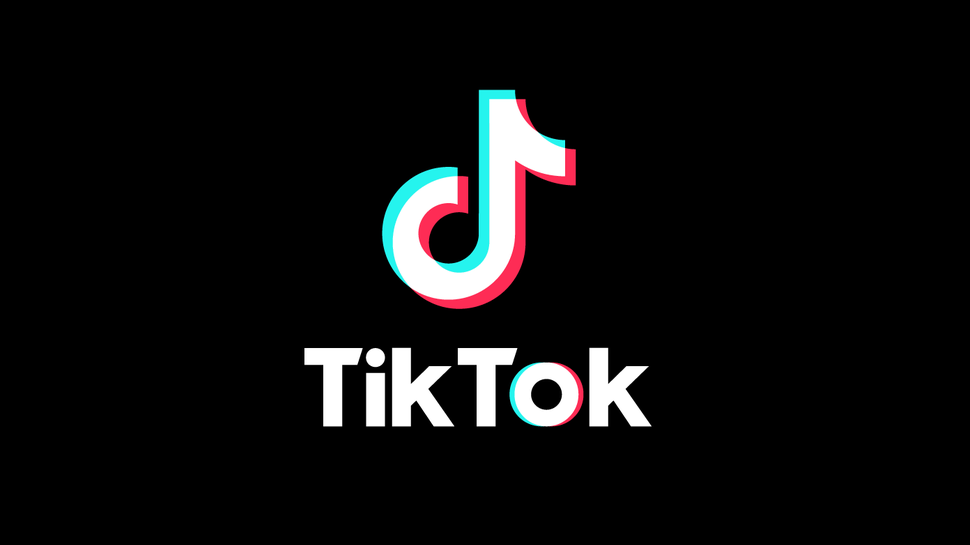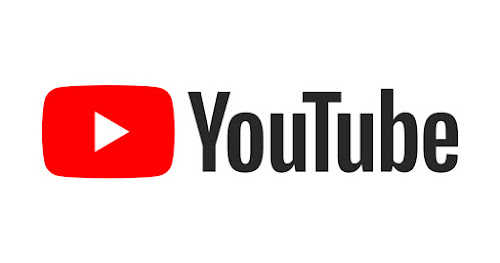How Many Characters Are Allowed In Each Social Network?
Different social networks have specific character limits for posts, bios, messages, and comments—Twitter allows up to 280 characters (25,000 for Blue users), Instagram captions up to 2,200, Facebook posts up to 63,206, LinkedIn posts up to 3,000, and TikTok and YouTube descriptions are limited to 300 and 5,000 characters respectively. Understanding these limits is essential for crafting effective, platform-optimized content that drives engagement.
Social media platforms have gained significant importance; almost everyone, including brands and businesses, utilizes them to communicate with their target audiences. Therefore, the character limits may vary across different social networks, such as Twitter, Facebook, Instagram, LinkedIn, TikTok, or YouTube, each with its own character limits for posts, comments, bios, and other content. This can help you create content that generates engagement and visibility on each platform by understanding character restrictions and the types of content that are acceptable for each platform.
Want to check the character count of your social media posts? Visit the character counter online for quick and accurate results.
Social Media Character Limits for Every Platform (2025 Guide)

In this guide, we will explore character limits on social media in general, on popular platforms, and how they impact your content strategy. We will also provide tips on maximizing character use.
1. Twitter X

Twitter, now renamed as ‘X,’ is one of the most dynamic social platforms, offering fast-paced and concise communication. Twitter’s original character limit was 140 characters, but it increased to provide more flexibility.
Limits of Character on Twitter
Tweets
Twitter increased the character limit from 140 to 280 in 2017, allowing users to express themselves more fully without losing some of their impact. If anything, this is the change that allowed us to have, think, or write longer thoughts — but it is also important to stay in the somewhat restrictive parameters of short-form messaging, as tweets over 100 characters usually result in less engagement.
Blue Subscribers of Twitter
It also features a significantly larger character limit for those subscribed to Twitter Blue, allowing for longer-form content in tweets, with a character limit of 25,000 characters for these subscribers. This is a game-changer for users who wish to post detailed content.
Direct Messages
Twitter’s direct messaging enables more private conversations, deeper discussions, enhanced customer service, and private chatting between parties.
Bio
The space for your name on Twitter is your Twitter bio, in the sense of ‘who I am’ or ‘who am I’ for whoever ‘I’ refers to. You need to create a clear and concise introduction, limited to 160 characters.
Effective strategies
- Keep it Concise: However, looking at the tweets, those as short as 100 characters receive more engagement despite the 280-character limit. Your message should be crisp and provoking.
- Incorporate hashtags: Hashtags are a great way to increase the reach of your tweets. Include popular and applicable hashtags to raise visibility.
- Use visuals: Tweets that are accompanied by images, GIFs, or videos have a higher rate of engagement, so don’t forget to use something visual to accompany the text.
Pin important tweets: You can put only one tweet at the top of your profile. It’s always a tweet that takes important engagement.
2. Facebook

Facebook is a well-established social network that can be used for a wide range of content, including status updates, comments, messages, and advertisements. This allows for a significantly greater character count compared to other platforms, enabling users to post more detailed content.
Limits of Character on Facebook
Text on Post
The status update on Facebook can be up to 63,206 characters, and any of these can be used for long-form content. While there are, however, studies that show that posts with a lower number of characters (such as 50 or fewer) do better. The post with more words will undoubtedly have a lower chance of appearing in users’ feeds.
Comments
Facebook comments can be quite lengthy, offering more space for discussion, replies, and engagement with your audience. But shorter comments are more digestible and are more likely to garner engagement.
Messages
With FB Messenger, there is enough space for discussions, customer service, and personal chats. Businesses can have a more private and personalized interaction with customers.
Ads
In ads, prefer using 40 characters in the headline, 125 characters in the text, and 30 characters in the link description.
Effective strategies
- Keep it Concise: You can also post long forms of content; however, shorter posts perform better on Facebook. The higher engagement goal is 40–80 characters.
- Incorporate visuals: Text-only Facebook posts are less engaging than those with images and videos. Visuals, as we say, always complement the message.
- Use strong CTAs: Drive user engagement by using straightforward and compelling calls to action (CTAs) in your messages.
- Pin Important Posts: Just like Twitter, not only can you pin a post at the top of your page, but it also promises to keep very important information at the forefront.
3. Instagram

Being a visually oriented platform, Instagram doesn’t allow excessively long captions, but that doesn’t mean Instagrammers write short captions, as they mostly focus on images or videos. However, it is still essential to be aware of the character limits when writing posts, bios, and comments.
Limits of Character on Instagram
Captions
Instagram allows you to write 2,200 characters in the captions. However, posts with shorter content (100 to 150 characters) tend to have better engagement than those based on longer content. Since the feed only displays the first 125 characters, key information must be placed upfront.
Bio
Instagram bios have a very strict limit of 150 characters. It, therefore, means that you should be creative and concise while introducing yourself or your brand.
Hashtags
The latest Instagram post may include up to 30 hashtags. Discoverability is crucial, and a mix of high and low, depending on the market, can help you achieve a significant increase in your reach.
DMs
With 1,000 characters, DMs on Instagram give enough room for simple talk or more in-depth dialogue with followers.
Effective strategies
- Keep focused on visuals: If it’s about visuals, such as on Instagram, ensure your images and videos are of high quality and visually appealing.
- Keep captions short: Although you can have up to 2,200 characters, you will have better engagement by having captions of less than 150 characters.
- Ensure the wise use of hashtags: Using 5-10 targeted hashtags may achieve a greater reach than using 30 in total, depending on how specific and relevant the hashtags are to your niche.
- Optimize Your Bio: Your Instagram bio should be concise yet engaging, reflecting your personality or brand identity.
4. LinkedIn

Career makers are being taken in by LinkedIn, which is a platform focused on professional networking and the sharing of content. LinkedIn is different from other social platforms in that content can appear in long and short form as well, and therefore, you’ll need to know their character limits on this platform.
Limits of Character on LinkedIn
Posts
On LinkedIn, you get to write up to 3000 characters for the post, which is perfect for sharing your opinions on an article, professional experience, or insights into an industry. However, shorter posts (under 150 characters) tend to receive a lower amount of engagement compared to longer ones.
Comments
LinkedIn comments enable detailed discussions, which makes it ideal for professional exchange. However, concise yet meaningful comments can help maintain better engagement.
Headline
Your LinkedIn headline is the first thing your prospective client sees, so it needs to be concise and informative, conveying who you are and what you do in just 120 characters. You can use this space while letting the employer know that you are there for a reason.
Messages
LinkedIn is great for sharing lengthy text messages, making it easier to personalize a message when reaching out to a connection or client.
Effective strategies
- Maintain a Professional Tone: Keep a professional tone, especially in your posts and messages, as LinkedIn is a business platform.
- Use Formatting: Separates long posts with bullet points or short paragraphs.
- Optimize your profile: To stand out, the first three characters of your headline and bio matter; use all the available characters to emphasize your expertise, skills, and the value you can bring.
5. TikTok

Although TikTok is a short-form video platform, the character limits for captions, bios, and comments should be taken into account when planning content for TikTok.
Limits of Character on TikTok
Video Description
Simply, TikTok allows video descriptions of up to 300 characters. The description of a video on a video platform like TikTok will depend heavily on how much the video is used to complement the visual elements.
Bio
TikTok bios are short, so it’s essential to display your personality or niche clearly and concisely.
Comments
Generally, TikTok comments are short and straight to the point. When commenting on your audience, focus on being concise.
Effective strategies
- Keep it Concise: Use the 300-character limit wisely. Describe it as short as you can without omitting keywords or hashtags for better discoverability.
- Implement hashtags: Hashtags are essential for gaining visibility, so use trending hashtags. Only use trending hashtags that can relate to your content.
Keep your attention on video content: TikTok is primarily a video platform, so make videos the main focus of your TikTok account. Descriptions should be brief as well as relevant to your content.
6. YouTube

YouTube is the world’s largest video-sharing platform. While there are videos at its core, a video title, video description, and comments on a video do have character limits.
Limits of Character on YouTube
- Title of the Video
Titles of videos are necessary for search engine optimization (SEO) and to capture viewers’ interest. Ensure your titles are catchy, clear, and include relevant keywords to capture the attention of your target audience effectively.
- Description of the Video
The detailed description of a YouTube video is ideal for providing more context, adding links, or gradually building up information related to your video. He added that the focus should be on including the most important details within the first 150 characters, as that is what will be displayed in the search results.
- Comments
YouTube comments are typically brief, and you’ll want to engage with your viewers by responding to their feedback and sparking meaningful dialogue.
Effective Strategies
- Video titles’ optimization: Include your keywords in the titles of your articles to increase visibility in the search.
- Give detailed descriptions: Describe the maps, present the URLs, and provide calls to action. Verify that the first 150 characters are concise and engaging.
- Encourage interaction: Must respond to comments in order to create a community and further interaction.
Conclusion:
One essential consideration is the character limit of various social networks, as it helps determine the type of content that is effective and engaging. In so doing, you will find yourself better able to extend your reach, garner your engagement, and have your impact with each of the platforms you participate in.
No matter if you are giving a short and sweet Instagram caption, a long-form Facebook post, or an informative LinkedIn article, when it comes to character limits in your content, it will help you to engage with your audience in the most effective way.
With the character limits for each major social platform now in the back of your mind, you are ready to get creative with all your posts and devise an excellent social media strategy.
FAQ: Social Media Character Limits
The maximum Facebook caption character limit is 63,206 characters. While you can write lengthy posts, keeping captions between 100–250 characters is recommended for higher engagement and better reach.
The Facebook ad headline character limit is 40 characters, although Facebook allows up to 255 characters in total. However, only the first 40 characters are typically visible before being truncated, so it’s best to keep your headlines concise and impactful.
The Facebook description character limit for ads is 125 characters for optimal display across devices, although it supports up to 30,000 characters in total. It’s recommended to stay under 125 characters to ensure your message isn’t cut off in mobile or desktop views.
The maximum character limit for a Facebook post is 63,206 characters. However, for best engagement, it’s recommended to keep posts under 80 characters, as shorter posts tend to perform better and maintain user attention more effectively.
The Facebook bio (or intro) has a 101-character limit. This includes letters, numbers, spaces, and symbols. It’s important to keep your bio short, clear, and impactful to effectively represent your brand or personality.
The Instagram post caption limit is 2,200 characters. This includes all text, hashtags, emojis, and spaces. While you can use the full limit, captions with concise, engaging content often perform better. Remember, only the first 125 characters show before the “…more” prompt, so put important info upfront.
The Instagram bio character limit is 150 characters. This includes all letters, emojis, symbols, and spaces. To make the most of your bio, focus on keywords, contact info, or a CTA (call to action) to effectively represent your brand or personality.
The Instagram username character limit is 30 characters. Your username (also known as your handle) can include letters, numbers, periods, and underscores, but no spaces or special characters. Keep it short, brandable, and easy to remember to enhance discoverability.
The character limit for a LinkedIn post is 3,000 characters. However, it’s recommended to keep your posts concise and engaging to ensure maximum visibility and user interaction. While LinkedIn allows for 3,000 characters, posts with around 150-300 characters tend to perform better, as they are easier to read and encourage more engagement.
The LinkedIn post character limit is 3,000 characters. This includes letters, numbers, spaces, emojis, and punctuation. While users can utilize the full limit, shorter posts—typically under 300 characters—often perform better in terms of engagement and readability. Additionally, the LinkedIn comment character limit is 1,250 characters, and headlines for articles are capped at 220 characters.
Keeping posts concise and value-driven increases visibility in the LinkedIn feed and improves user interaction.
The LinkedIn description character limit is 2,600 characters for the “About” section on personal profiles. This section allows professionals to summarize their skills, experience, and goals. For LinkedIn Company Pages, the About section has a limit of 2,000 characters, including spaces.
Crafting a clear, keyword-rich description within the character limit can improve your profile’s visibility and searchability both on LinkedIn and in search engines.
The LinkedIn headline character limit is 220 characters. This headline appears beneath your name and is one of the most visible parts of your profile. It can include your job title, skills, or a brief value statement.
Using the full character space with relevant keywords can enhance your profile’s visibility in LinkedIn searches and attract more profile views.
The Twitter post character limit is 280 characters for standard users. However, Twitter Blue subscribers (now X Premium) can post tweets with up to 25,000 characters.
Keeping tweets concise and engaging is still ideal for reach and interaction. Shorter tweets are easier to read and more likely to be shared or retweeted.
The Twitter (now X) bio character limit is 160 characters. This limit applies to both personal and business accounts and includes all letters, numbers, emojis, and spaces.
Your bio appears beneath your name and handle on your profile and serves as a brief introduction to who you are or what your brand represents. Crafting a concise, keyword-rich bio within this limit can enhance your profile’s visibility in searches and attract more followers. Vogue+2
The Twitter username character limit is 15 characters, excluding the ‘@’ symbol. This applies to both personal and business accounts and includes all letters, numbers, and underscores.
Your username, also known as your handle, appears in your profile URL (e.g., twitter.com/username) and is used for mentions and direct messages. Choosing a concise, memorable username within this limit can enhance your profile’s visibility and make it easier for others to find and interact with you on Twitter.
As of 2024, TikTok allows up to 4,000 characters in video captions, a significant increase from the previous 2,200-character limit. This expansion enables creators to provide more detailed descriptions, context, and keywords, enhancing content discoverability and engagement.TikTok
It’s important to note that some users may still encounter shorter caption limits due to app version discrepancies or platform-specific restrictions. To ensure access to the latest features, keep your TikTok app updated regularly.
The TikTok username character limit is 24 characters. Usernames can include letters, numbers, underscores (_), and periods (.), but they cannot end with a period. This limit applies to both personal and business accounts.
Your username, also known as your handle, appears in your profile URL (e.g., tiktok.com/@username) and is used for mentions and direct messages. Choosing a concise, memorable username within this limit can enhance your profile’s visibility and make it easier for others to find and interact with you on TikTok.
The TikTok bio character limit is 80 characters, including spaces and emojis. This concise space is designed to encourage users to craft brief, impactful descriptions that highlight their personality, content niche, or brand identity.
To make the most of this limited space, consider incorporating relevant keywords, emojis, and a clear call-to-action (CTA) to engage viewers and encourage profile visits. For example, you might include a CTA like “Follow for daily tips” or “🎬 New videos every week.”
Additionally, once your account reaches 1,000 followers, TikTok allows you to add a clickable link beneath your bio. This feature can be utilized to direct followers to your website, online store, or other social media platforms, thereby enhancing your online presence and engagement.
As of 2025, TikTok allows up to 4,000 characters in video captions (also known as post descriptions). This expansion from the previous 2,200-character limit provides creators with more space to add context, storytelling, hashtags, and calls to action, enhancing content discoverability and engagement.
It’s important to note that some users may still encounter shorter caption limits due to app version discrepancies or platform-specific restrictions. To ensure access to the latest features, keep your TikTok app updated regularly.
Read More: Top 15 Best Search Engines Other than Google




